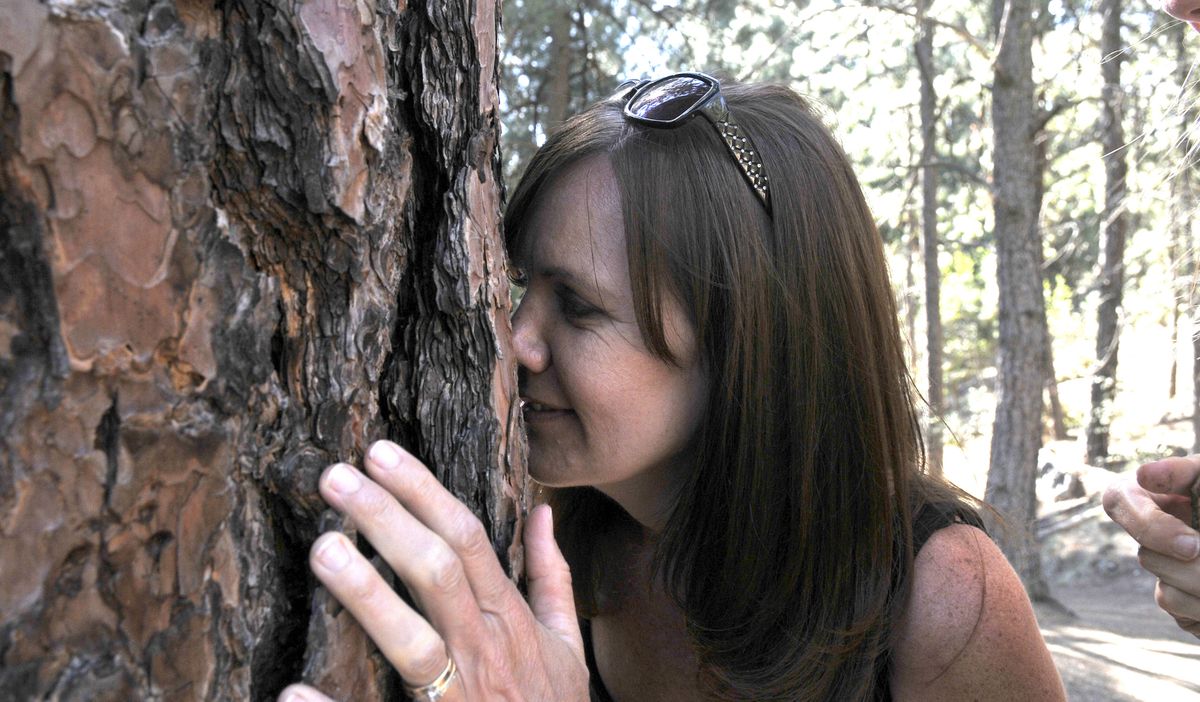Program teaches educators all about Dishman Hills

A group of elementary schoolteachers spent Tuesday at the Dishman Hills Natural Area participating in a training program put on by the Dishman Hills Conservancy.
It was the first time the conservancy created a program specifically to introduce the area to teachers and help them get ideas about incorporating Dishman Hills into their teaching and field trip plans.
Dishman Hills Natural Area covers 535 acres on a six-mile-long ridge surrounded by urban development on three sides. One of the main access points is at Camp Caro, on Sargent Road just off Appleway Boulevard.
Eric Robison, the conservancy’s executive director, described the area as an island in the middle of urban development.
“It’s quite a resource for our community,” Robison told the 40 teachers.
He said the conservancy is making the case for preserving the area, trying to better connect people with it
“It’s difficult to care about something you don’t know about,” Robison said. “And if you know about something you will care more about preserving it for future generations.”
The teachers rotated through sessions on geology, wildlife biology, nature in art and writing and several other focus areas.
Local naturalist and author Jack Nisbet guided one group of teachers on a short hike explaining how native plants and trees have a rich connection to history. The teachers somewhat tentatively tried out a handful of chokecherries Nisbet picked from a tree leaning over the parking lot fence.
“There were always women and children around, and supper was the most important part of the day,” Nisbet said.
The teachers listened intently as Nisbet connected British explorer David Douglas’ travels in the early part of the 1800s to the chokecherries they were all chewing on.
“Chokecherries were the most important food source at the time,” Nisbet said, before moving on to the serviceberry tree and wild roses growing nearby. “See how we have much better stories out here than in any computer game?”
Another hike up to the Dishman Hills Ponds included a “virtual wildlife and pond critter tour” because the ponds are dried out in August, Robison said.
Other hikes lead by local naturalists and experts focused on the area’s geology and watershed.
The teachers said they were there mainly to learn about Dishman Hills and get ideas for field trips.
“I hope we can take what we learn here today and bring it back to our schools,” said Sara Devins, a third- and fourth-grade teacher at Hutton Elementary School. “And then turn around and bring the kids back out here.”